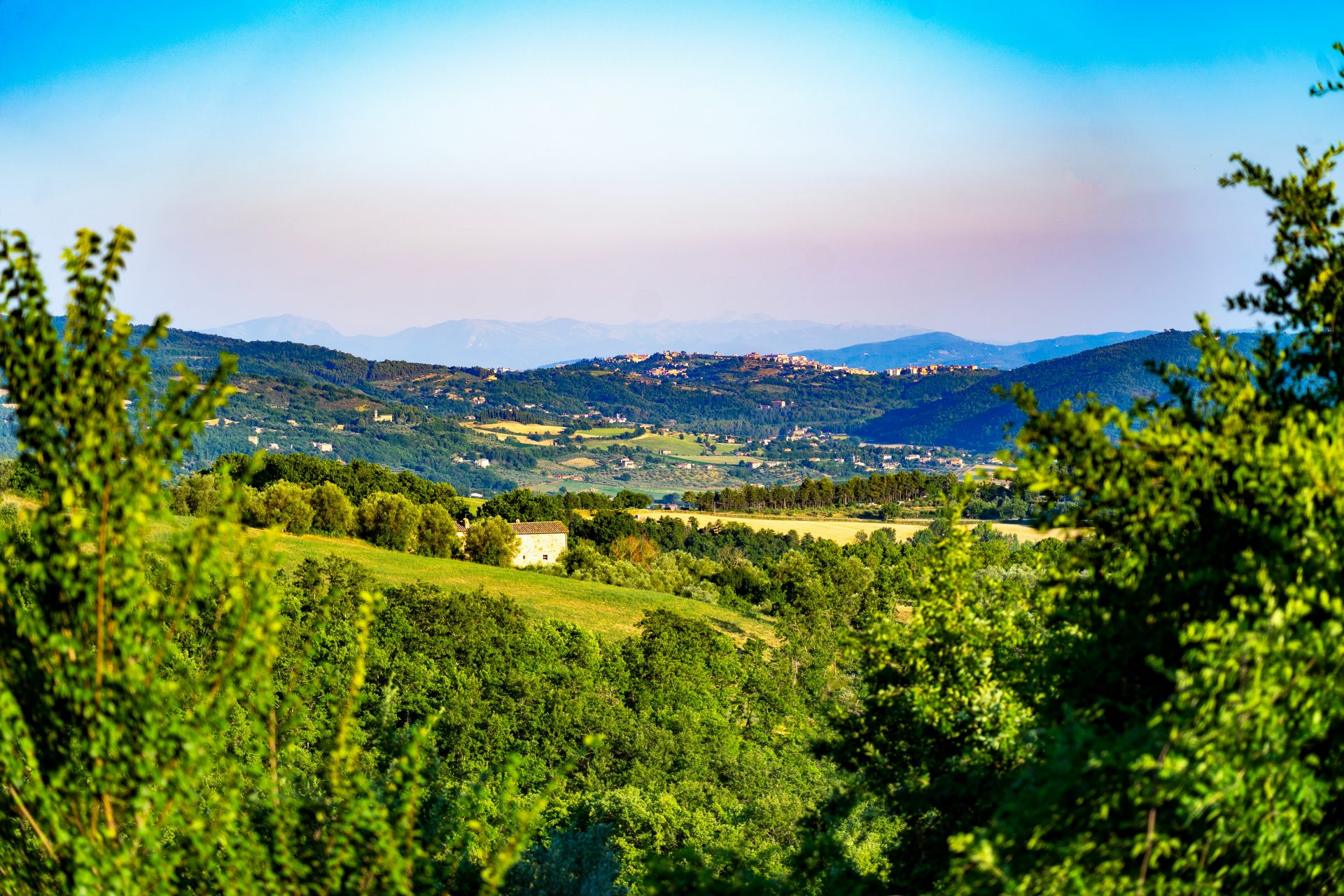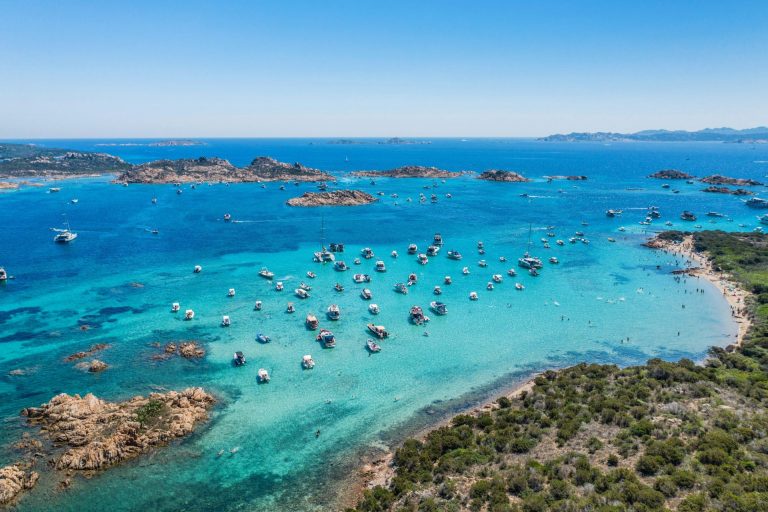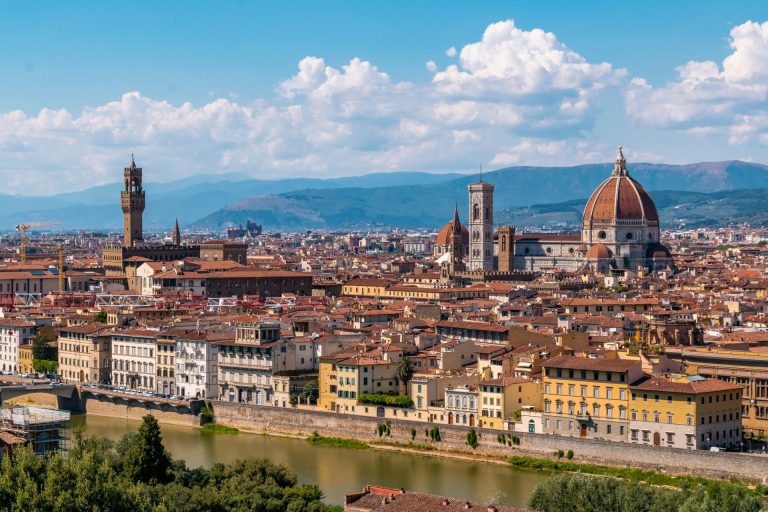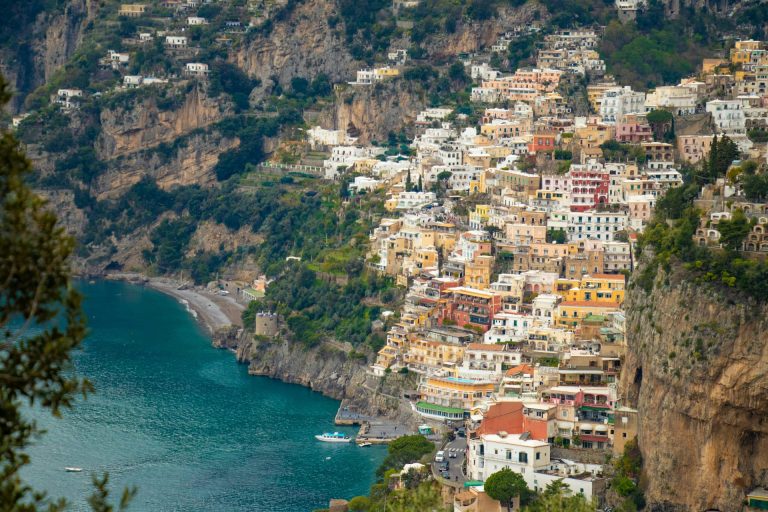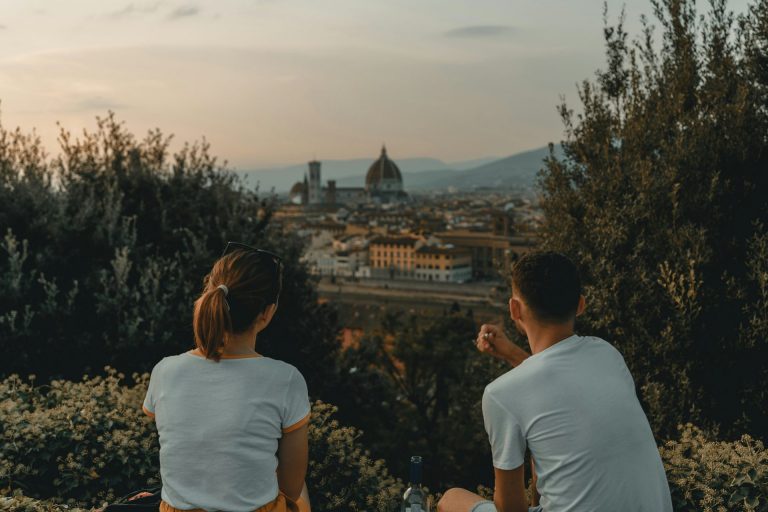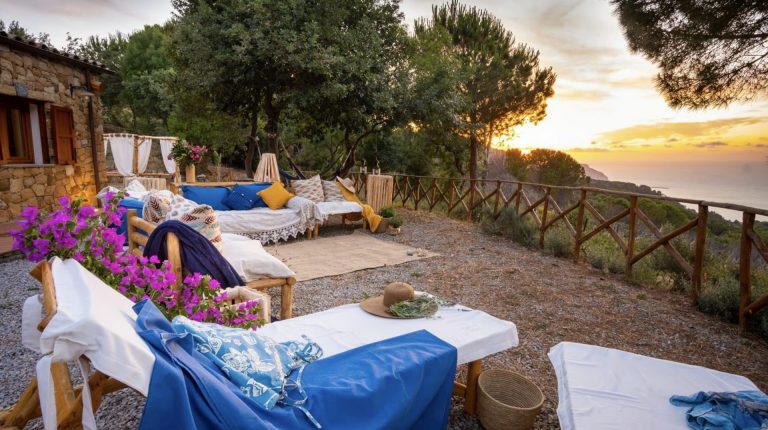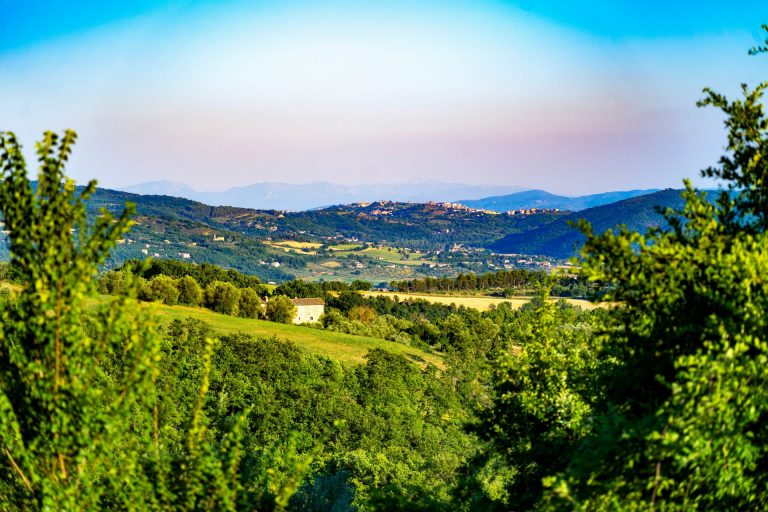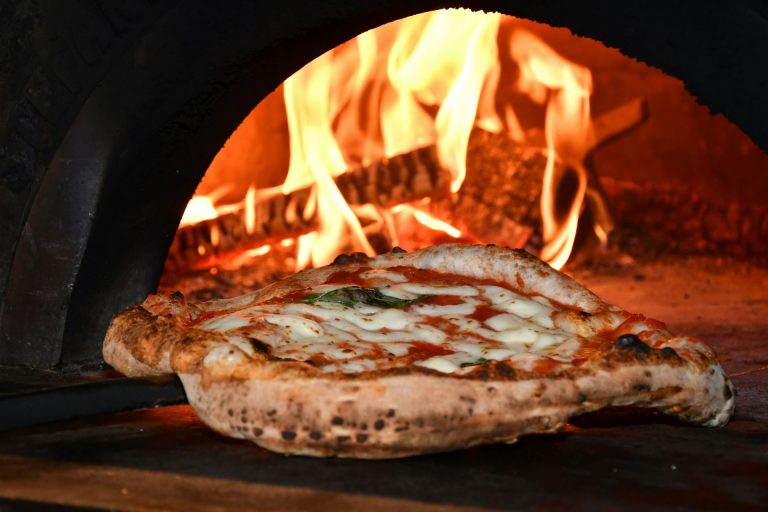Okay, so you’re planning a trip to Italy. You’re picturing Rome, Florence, Venice… But wait, have you heard of Umbria? I get it. Umbria sounds a little like a secret society or maybe a lost city in a Tolkien novel. But trust me, it’s a real place, and it’s a hidden Italian gem waiting to be discovered.
Think rolling hills, medieval towns, picturesque vineyards, and charming villages that will transport you to a simpler, more authentic time. It’s a place where you can escape the bustle of the bigger cities and experience the slower pace of countryside living – a way to connect with the true soul of Italy.
So forget the crowds and tourist-beaten paths, folks! Umbria awaits, filled with natural splendour and authentic experiences beyond your wildest dreams. Here are 8 reasons why this region deserves a spot on your Italian adventure.
1. Stunning landscapes
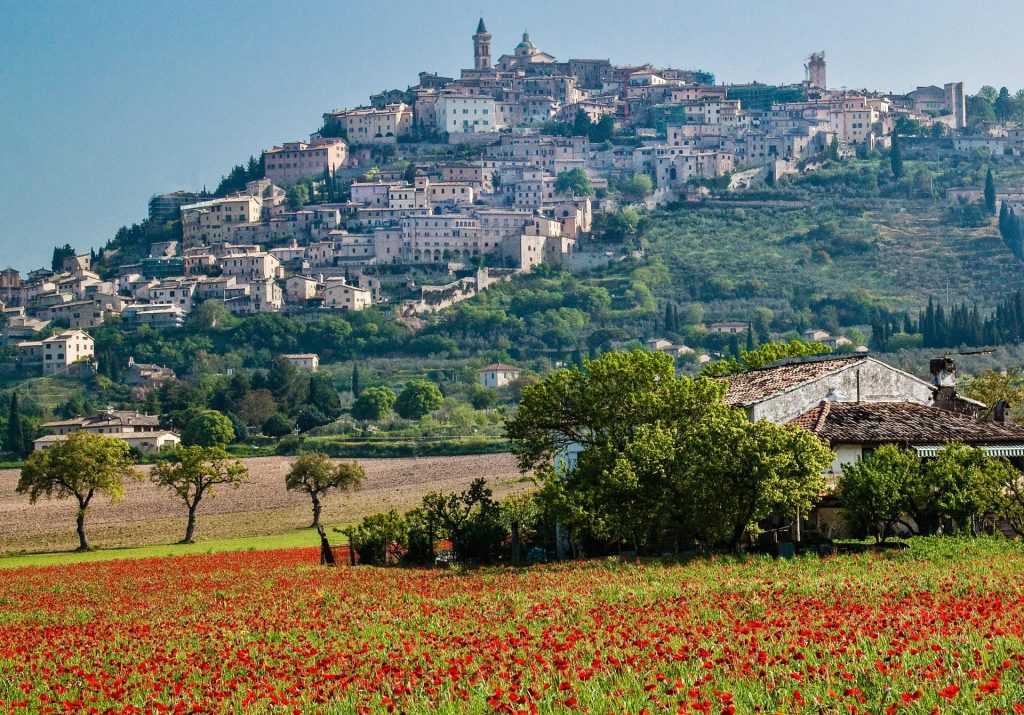
Umbria’s scenic countryside will literally leave you breathless. Often referred to as the ‘green heart of Italy’, the rolling green hills, pristine woodlands and pastoral countryside provide an earthly paradise for any nature lover out there. In the east, you’ll find the emerald valleys and untouched forests of Valnerina, where you can hike, bike, and even get your adrenaline pumping with canyoning. You’ll also find it dotted with charming mediaeval villages such as Cascia, Norcia, and Arrone, where you can grab some authentic Italian bites after a day of adventure.
Just a stone’s throw from Valnerina lies the mountainous marvel that is the Monti Sibillini National Park, boasting some incredible hiking trails that you must experience. It’s also home to the vast mountain plain of Piano Grande. Between the end of May and mid-July, it explodes in a riot of wildflowers that looks like it came straight out of a fairytale book. And of course, you need to stop by Marmore Waterfalls, a man-made marvel created by the clever Romans.
2. Delicious cuisine and wine
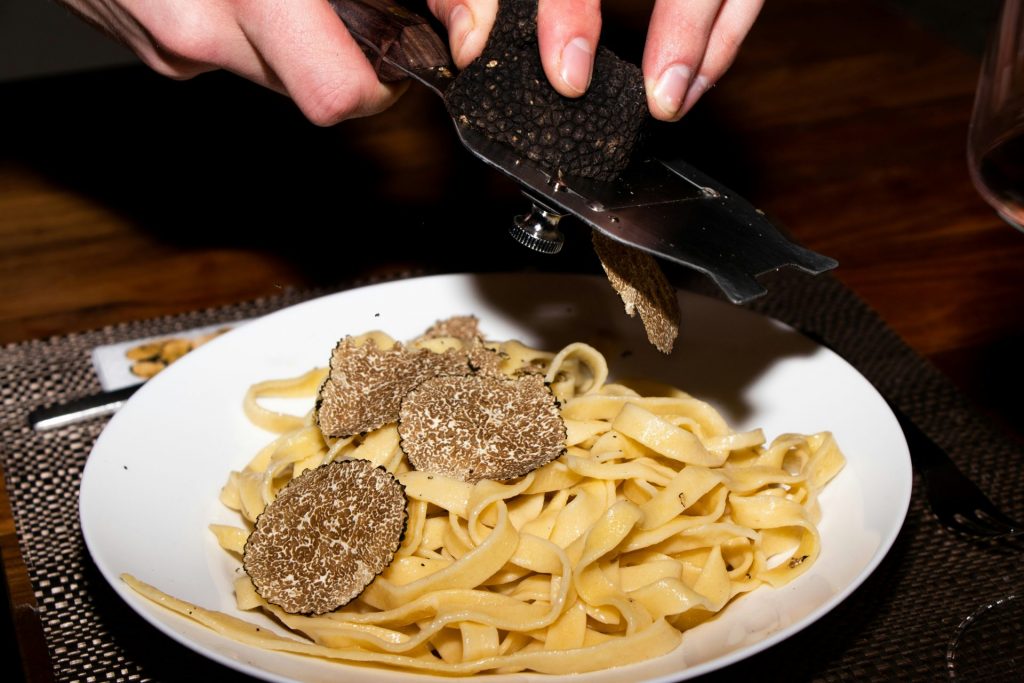
Umbria is renowned for its hearty, rustic dishes that showcase the region’s finest ingredients. Here’s a little fun fact: Did you know they produce some of Italy’s most prized black and white truffles? Many of the truffles sold at Alba’s famous white truffle fair actually hail from right here in Umbria!
Meat lovers, you’re in for an absolute treat too with Umbria’s tasty cured meats and sausages. Savour the robust flavours of porchetta, a succulent roast pork infused with herbs, or indulge in the earthy aroma of black truffles shaved over handmade pasta. And cheese aficionados, you’ll go giddy for Umbria’s famed pecorino. Don’t miss the opportunity to sample Torta al Testo, a traditional flatbread stuffed with local meats and cheeses.
The rolling hills of Umbria are also home to some of Italy’s most esteemed vineyards. Sip on the crisp, white Orvieto or the full-bodied Sagrantino di Montefalco, both perfect companions to the region’s cuisine. Many wineries offer tours and tastings, allowing you to explore the rich oenological heritage of the area.
3. You can experience agriturismo
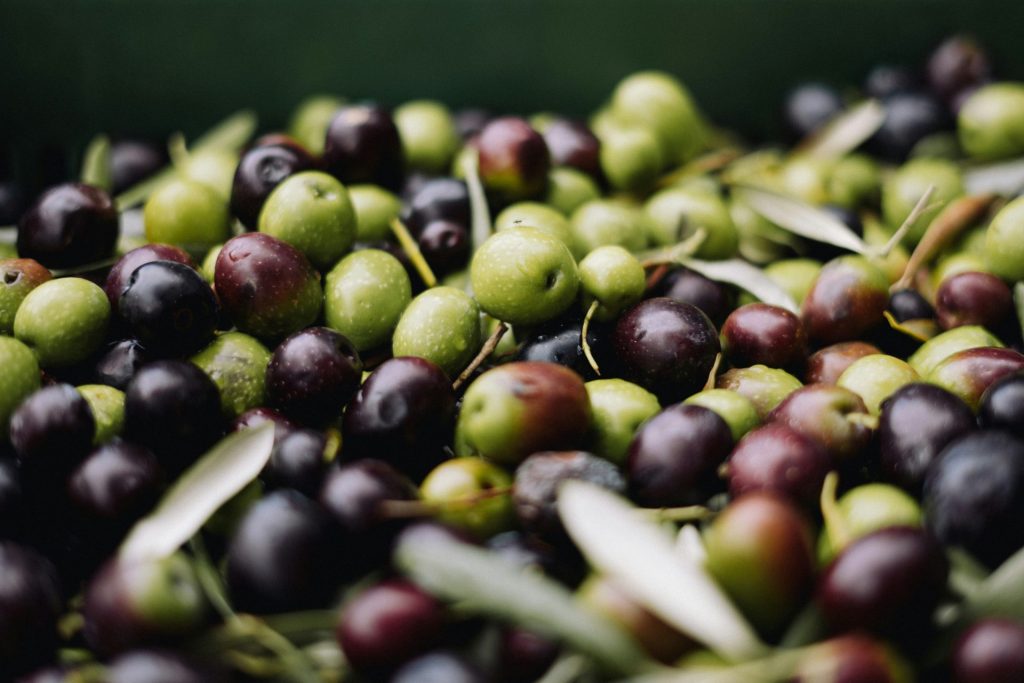
Embrace Umbria’s commitment to sustainability and quality by partaking in farm-to-table experiences. Visit local markets brimming with fresh produce, or dine at agriturismi—working farms that serve meals prepared with ingredients grown on-site. And if you really want the full experience, you can even book a stay in these traditional farms and experience what slow country living is really like.
Umbria is full of olive trees, and their olive oil is arguably the best in Italy, so part of your agriturismo experience includes picking olives and making your own olive oil. You can even pick out the herbs you want to season your dish with, down to the flowers you want to set on the table. These authentic experiences connect you directly with Umbria’s culinary traditions and the passionate artisans who keep them alive.
4. Rich history, art, and culture
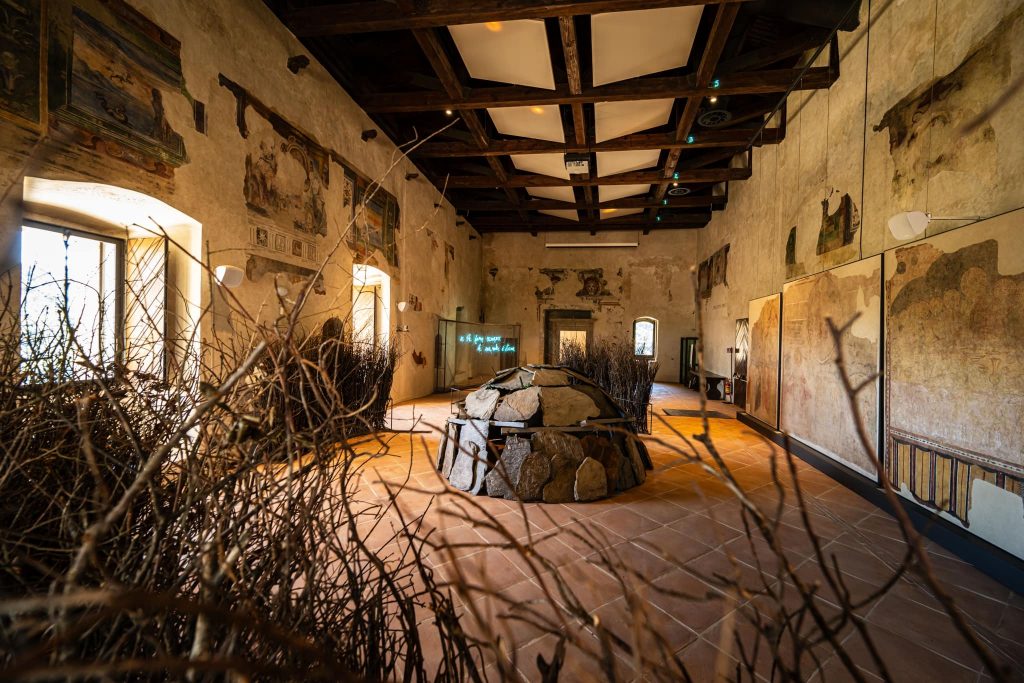
Umbria is absolutely one fabulous place for those who love art and history. It’s home to some of Italy’s oldest towns, yet they still seem to be very well-preserved. The list of must-see mediaeval towns there is endless, but the top ones to visit are Spoleto, Orvieto and Assisi. Each town will blow you away with ancient Roman ruins, timeless mediaeval walls and gorgeous cobbled streets just begging to be explored.
But the discoveries don’t stop there – you’ll marvel at architectural gems around every corner. You need to see the towers on Spoleto’s Ponte delle Torri bridge and Orvieto’s cathedral, with its coloured marble and Gothic design – simply breathtaking. But nothing compares to Assisi’s Basilica di San Francesco – a UNESCO World Heritage site and is one of Italy’s most iconic churches which serves as a major pilgrimage destination for those who want to see St Francis’ final resting place.
And you mustn’t miss the galleries and museums, especially the National Gallery of Umbria in Perugia. The collection is incredible, spanning different eras. You’ll find everything from mediaeval Umbrian tapestries to Renaissance masterpieces. Honestly, if you love art as much as I do, you could probably spend the whole day there!
5. Explore natural wonders
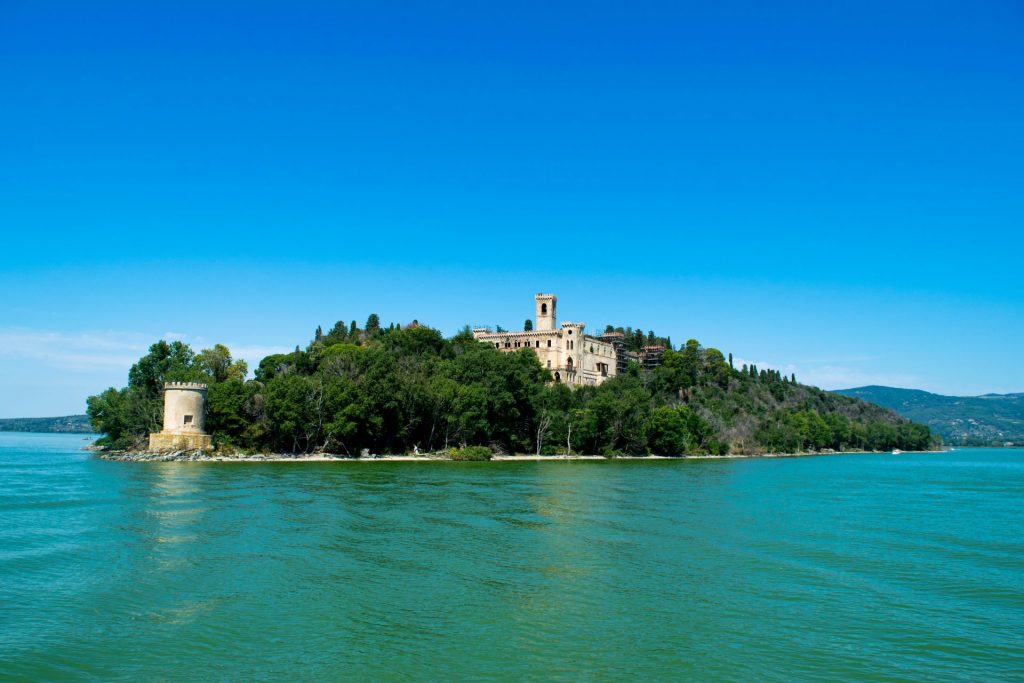
Lago Trasimeno – Italy’s fourth-largest lake and the largest lake in Umbria, provides the perfect backdrop for aquatic adventures. Hire a boat and spend your days sailing through the lake, going fishing, or simply soaking up the sun. You can also check out the three small islands located within the lake – Isola Maggiore, Isola Minore and Isola Polvese. Whilst access to Isola Minore is restricted, the other two islands can still be visited. We’d recommend spending time on Isola Polvese, with its lovely walking trails criss-crossing the island – it’s very pleasant to explore. Once you’ve worked up an appetite, finish up with a dip at the tiny beach, which offers a lovely spot to cool off after a wander.
And about an hour and a half drive away from Umbria, you can visit the mysterious subterranean world of the Frasassi Caves. These awe-inspiring limestone caverns feature stunning stalactites and stalagmites, offering a unique adventure for geology enthusiasts and curious minds alike. You can book a guided tour in advance and pick from different levels. However, kids under 12 years old are not allowed to go on this tour, so if you’re travelling with kids, it might be best to just stick with watersports on the lake.
6. You get to visit the City of Chocolate
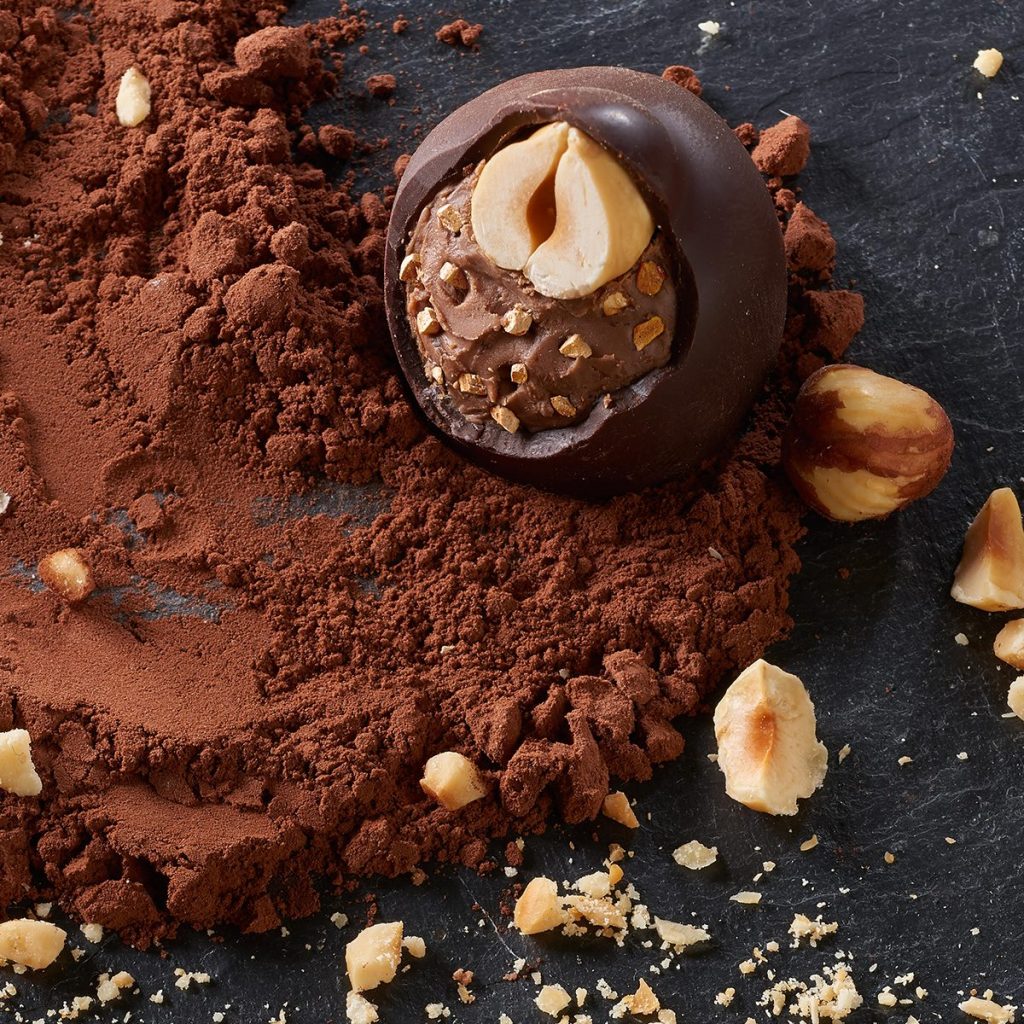
If you have a sweet tooth then Umbria is definitely the place for you to visit! Its capital city of Perugia has rightly earned the title of the City of Chocolate. This is where the iconic Baci Perugina was created back in 1922. These delicious hazelnut-filled chocolate pralines make the perfect souvenir to bring back home for your loved ones and friends. Over the years, the famous Perugina factory has become synonymous with smooth and creamy chocolate perfection. Meanwhile, smaller artisan producers have set up their own workshops all around town.
Just outside the city walls, you’ll find the Museo Storico Casa del Cioccolato Perugina, a chocolate museum recounting the illustrious history of cocoa in Italy. Walk through the factory, see how it’s all made and indulge in as many samples as your heart desires! It’ll just be like Charlie and the Chocolate Factory, except with no oompa loompas and kids falling in chocolate rivers.
The absolute best time to visit is in October, when the streets come alive for Eurochocolate—Europe’s biggest chocolate party! With demonstrations, displays, tastings, entertainment around every corner, and life-sized chocolate sculptures which you may or may not be allowed to eat.
7. Unique festivals and cultural events
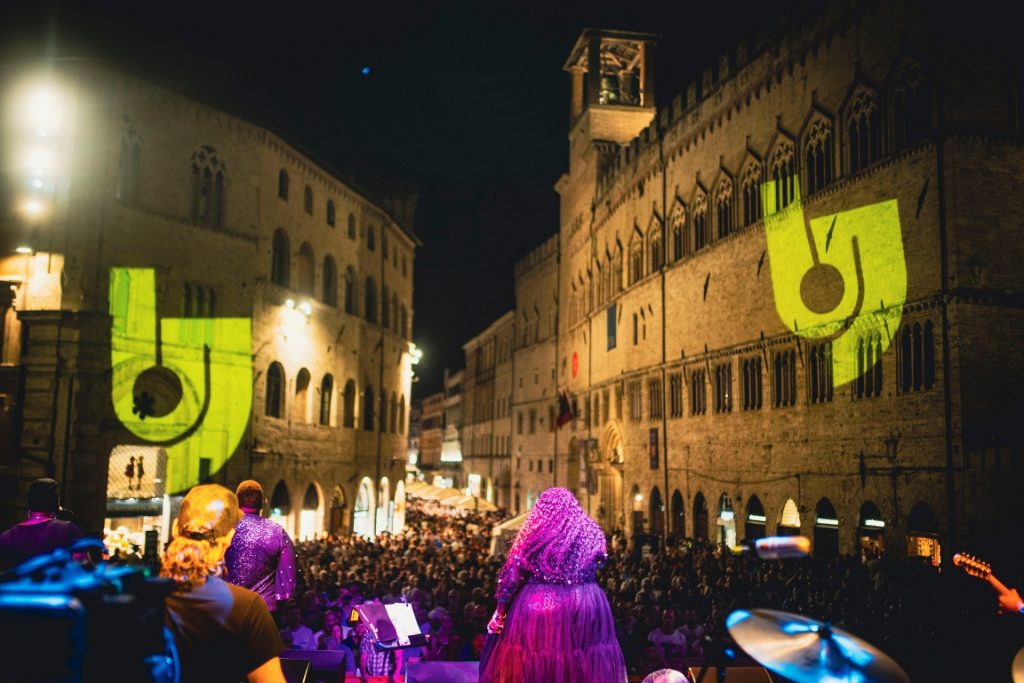
If indulging in chocolate wasn’t enough, there is plenty more to keep food lovers happy. In addition to Eurochocolate, Umbria plays host to many exciting food festivals and events throughout the year. You can visit the Saffron Market Fair in Cascia, where you can smell the intoxicating aroma of this precious spice everywhere. They even have saffron yoghurt, biscuits, and desserts! If you’re more of a truffle fan, join the Norcia Black Truffle Fair, where you can savour this earthy delicacy in all its glory.
But Umbria isn’t just about delicious food… Music lovers will love the annual Umbria Jazz in Perugia, a vibrant festival that attracts local and international performers. And if you’re more into opera and dance, the Festival dei due Mondi in Spoleto is for you. They have everything from opera and dance to drama, visual arts, and even seminars.
And for the history buffs, Bevagna’s Mercato delle Gaite is a must-see. It’s a historical reenactment of the Middle Ages, with costumes, music, feasts, and workshops that will transport you back in time. It’s sure to be a fun-filled day for the whole family.
8. Discover a road less travelled
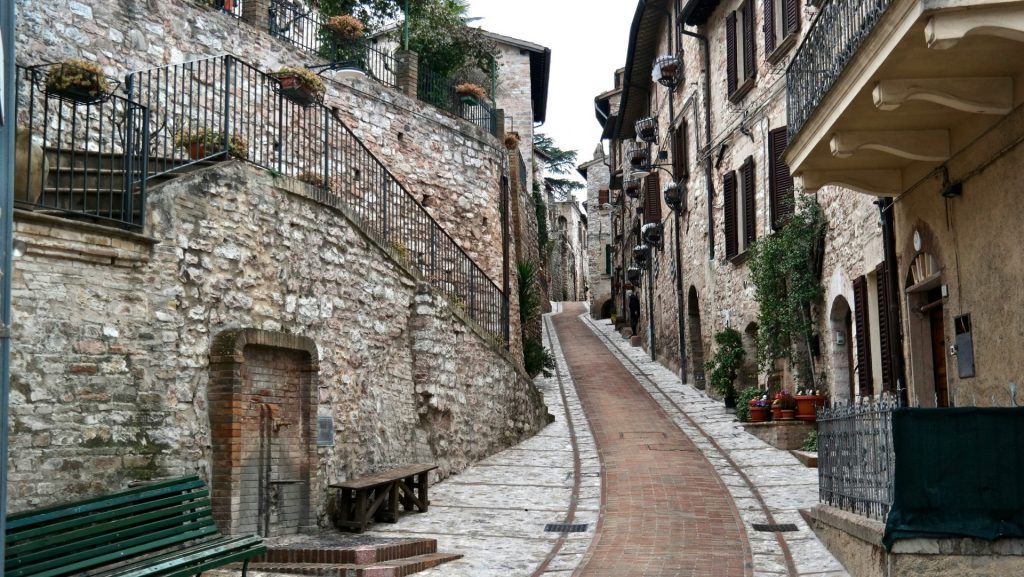
Umbria, often overshadowed by its more famous neighbour Tuscany, offers a refreshing escape from Italy’s bustling tourist hotspots. As you wander through its charming medieval towns and rolling countryside, you’ll discover a tranquil atmosphere that’s increasingly rare in popular Italian destinations.
Unlike Florence or Rome, where you might find yourself jostling for space at major attractions, Umbria’s treasures can be savoured at a leisurely pace. Picture yourself strolling through Perugia’s cobblestone streets or admiring Orvieto’s stunning cathedral without the need to queue or dodge photo ops left and right.
This relative quietude allows for more genuine interactions with locals and a deeper immersion in the region’s rich culture. You’ll have the opportunity to savour traditional Umbrian cuisine in family-run trattorias without battling for reservations, and explore artisan workshops where time-honoured crafts are still practised with passion.
Just remember to brush up on some basic Italian words when you decide to venture towards the countryside, because the further away you go from the mainland, the less likely the locals will be able to speak English.

